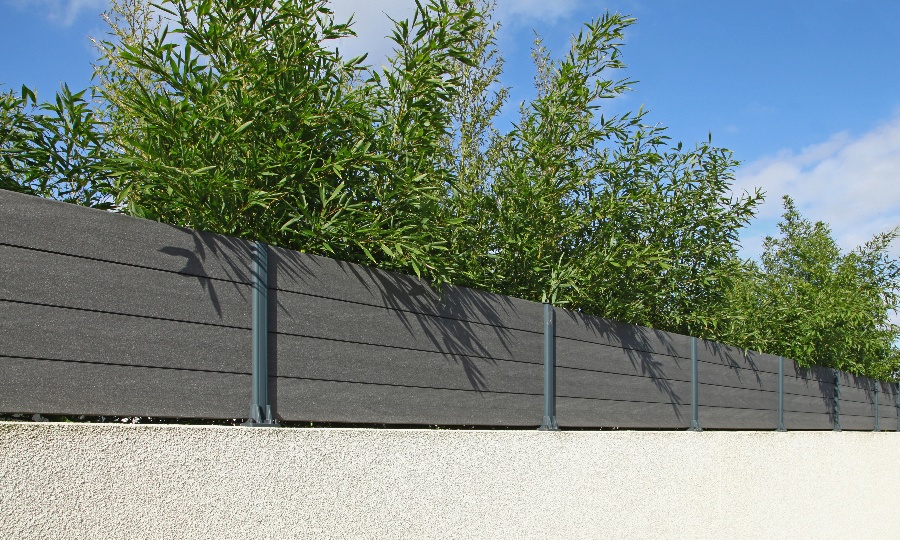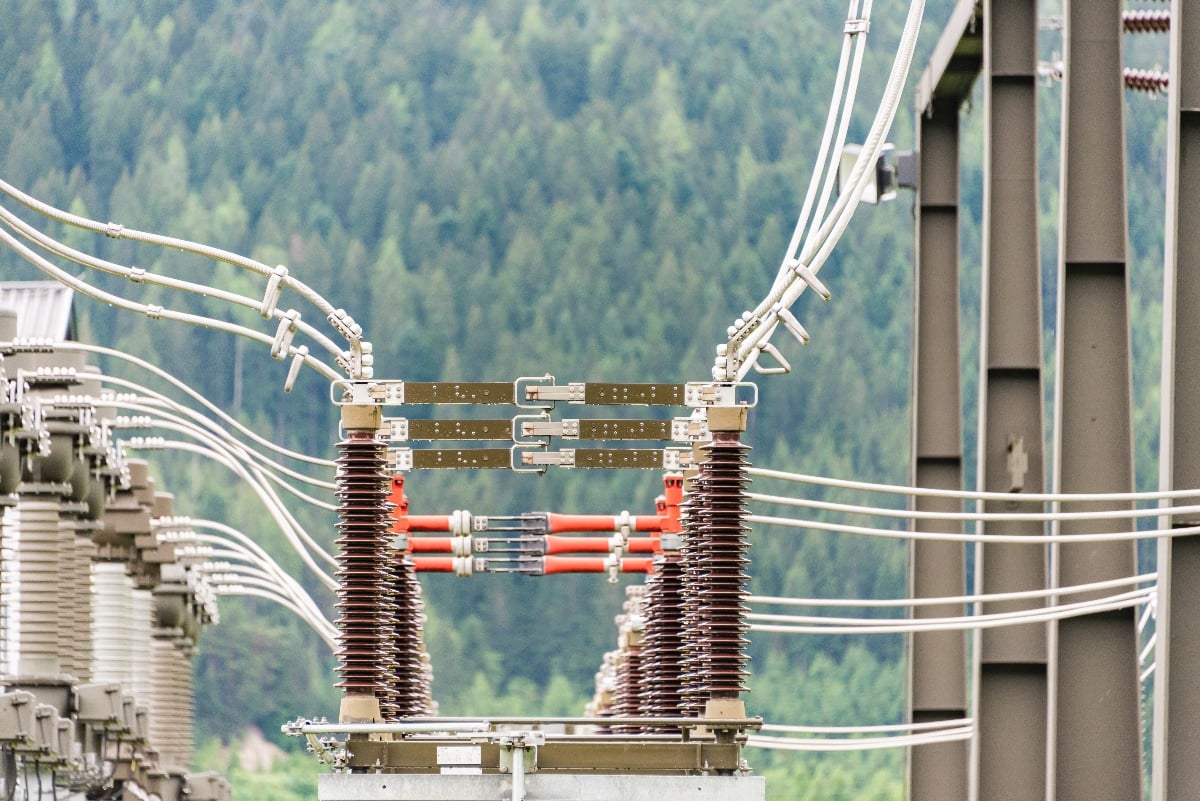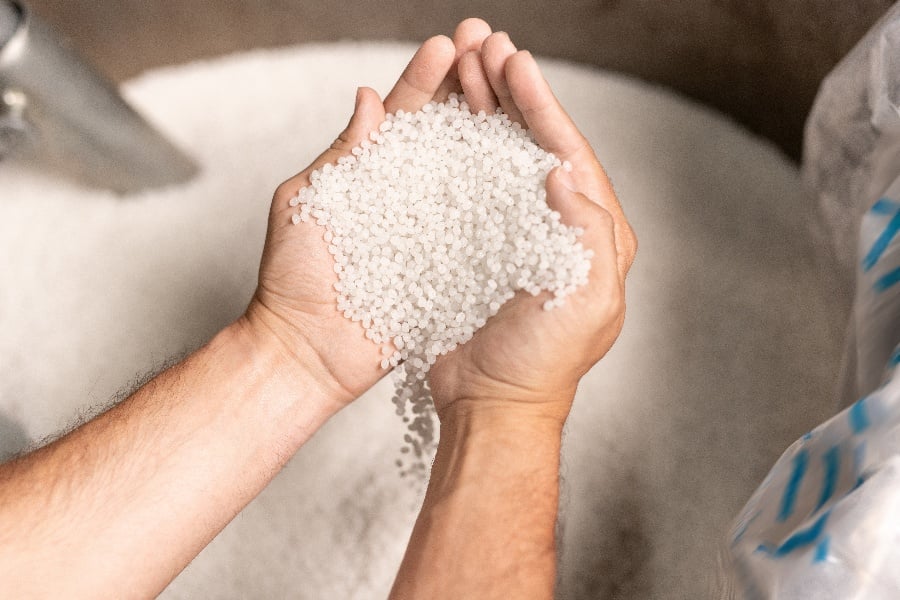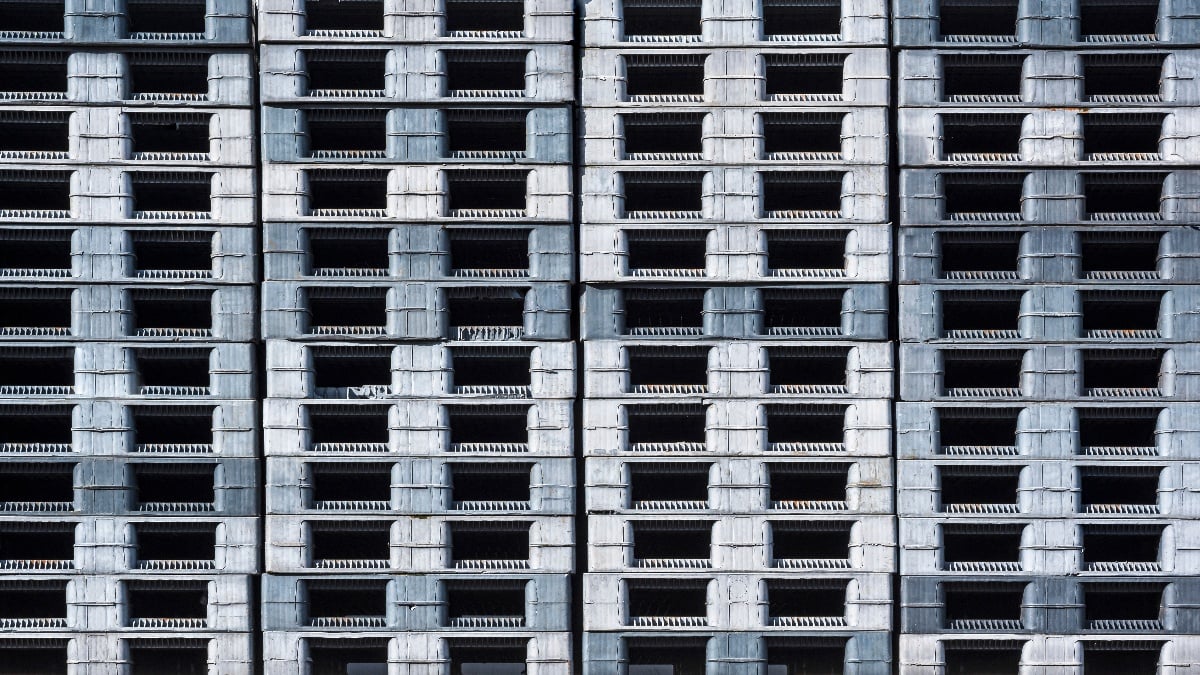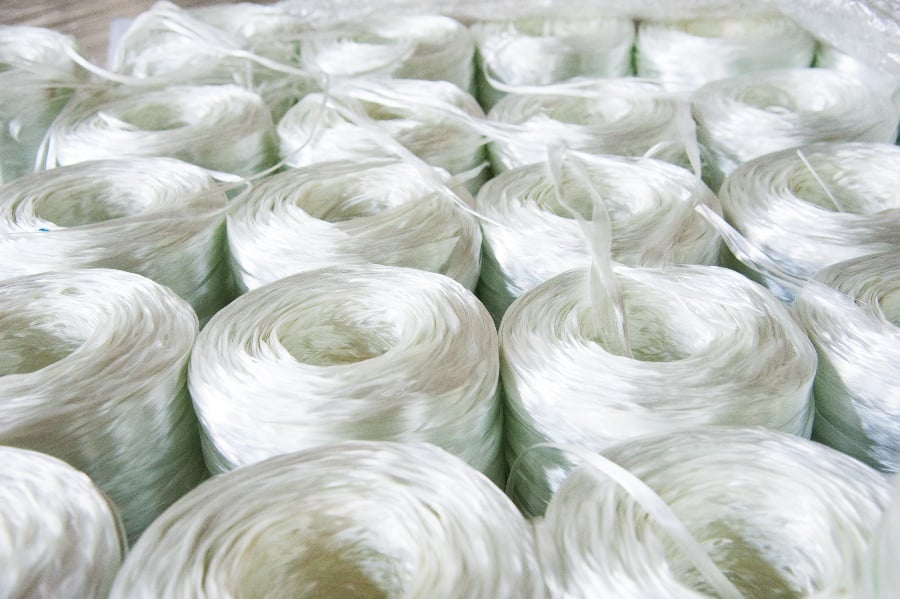
Electric fences represent a barrier that uses electric shocks to deter animals or people from crossing a boundary. Designed to be non-lethal, the fences serve diverse functions across various sectors, including agricultural, industrial, and security applications. Electric fences are engineered to deliver an electric shock when touched, creating a psychological barrier in conjunction with a physical one.
These structures must bear the mechanical load of the fence and resist various environmental factors such as wind, rain, and potential impacts. The selection of materials for fence poles not only influences the durability and maintenance of the fence but also its performance in terms of conductivity and safety. Given that fence poles are exposed to constant environmental stressors, the choice of materials is paramount in ensuring the longevity and efficacy of the entire electric fencing system.
This article aims to delineate the intricate considerations involved in selecting materials for electric fence poles. Engineers and related professionals will be guided through fundamental principles, material properties, safety, and environmental considerations, along with practical insights to navigate through the myriad of choices available, ensuring that the selected materials align with the technical, economic, and environmental requisites of their respective projects.
Basics of Electric Fencing
The fundamental principle behind electric fencing is to create a psychological and physical barrier that deters unauthorized entry or contain animals within a predefined boundary. The system primarily consists of an energizer that generates high-voltage electrical pulses, conductors that transport the electric charge along the fence, and insulators that prevent the charge from grounding prematurely. When a person or animal touches the fence, a circuit is completed, causing an electric shock. This shock is generally not harmful but is significant enough to discourage repeated contact.
Key Components
Conductors
These are usually wires, tapes, or ropes that carry the electric charge along the fence. Materials like steel and aluminum are common, each with their unique advantages and challenges.
Insulators
Often made from plastic or ceramic materials, insulators are crucial in maintaining the efficacy of the fence by preventing the electrical charges from grounding in undesirable locations, ensuring that the shock is delivered only upon direct contact with the fence.
Fence Poles
These are supportive structures that keep the conductive materials suspended and insulate them from the ground. Poles can be made from a variety of materials, such as wood, metal, or plastic, each offering distinct benefits and limitations in terms of strength, durability, and conductivity.
Choosing the proper material is vital to the long-term performance of any electric fence.
Ideal Material Properties for Electric Fences
Let’s dive into some of the properties that you should incorporate into your project when choosing the right material for your electric fence.
Conductivity
Conductivity refers to a material's capability to transmit electric current. For electric fence systems, optimal conductivity is pivotal to ensure that a potent and deterring electric shock is delivered upon contact. Material choices for conductors, such as aluminum, steel, or copper, bring diverse conductive properties to consider.
Engineers must navigate through these options, weighing the conductivity against other properties like cost, durability, and ease of installation to identify the most suitable conductor material for specific fence applications.
Durability and Strength
Durability and strength are critical parameters in ensuring that the electric fence system can withstand physical stresses over time, including impacts, weather events, and persistent mechanical loads (such as tension in the wires). Fence poles, especially, must be crafted from materials that balance sturdiness with flexibility to resist snapping or bending, thereby maintaining the structural integrity of the fence system over its intended lifespan.
Corrosion Resistance
Materials selected for electric fence applications must exhibit substantial resistance to corrosion, particularly when the fence is installed in environments with high humidity, salinity, or exposure to harsh chemicals.
Corrosion can compromise the integrity and conductivity of the fence, resulting in reduced efficacy and increased maintenance costs. Various metals, alloys, and protective coatings offer diverse levels of corrosion resistance, and their selection must be attuned to the specific environmental conditions anticipated in the installation locale.
Fiberglass Reinforced Plastic (FRP) as a Suitable Material for Electric Fence Poles
Fiberglass Reinforced Plastic, a composite material consisting of a polymer matrix reinforced with fiberglass, is a potential choice for electric fence poles, demonstrating a balance of strength, durability, and electrical insulation that cater to the distinctive requirements of electric fencing systems. Below, we explore the inherent properties and advantages of FRP that render it an apt selection for electric fence applications:
Electrical Insulation
FRP is inherently non-conductive, making it an ideal material for electric fence poles by preventing unwanted grounding of the electric charge and ensuring that the charge is maintained within the designated conductive wires. Additionally, the insulative property also enhances safety, mitigating the risk of accidental electric shock during installation, maintenance, or unintended contact with the fence poles.
Strength and Durability
FRP exhibits a remarkable strength-to-weight ratio, providing the requisite robustness to withstand mechanical stresses and impacts while remaining relatively lightweight and easy to install. Unlike metal poles, FRP is inherently resistant to corrosion, offering extended durability even in harsh environmental conditions such as coastal areas, industrial zones, or regions with severe weather patterns. Finally, the robustness and corrosion resistance of FRP translate to reduced maintenance requirements and associated costs over the fence's lifespan.
Versatility and Adaptability
FRP can be manufactured in varied shapes, sizes, and colors, offering engineers the flexibility to design fence poles that align with specific functional and aesthetic requirements. The material displays commendable thermal stability, retaining its physical properties across a broad temperature range, making it suitable for installations in diverse climatic zones.
Economic Considerations
While the initial investment in FRP might be higher than traditional materials like wood, the reduced maintenance, and extended lifespan often result in a lower total cost of ownership. The lightweight nature of FRP facilitates ease of transport and installation, potentially reducing labor and logistical costs compared to heavier alternatives like certain metals.
Engineers must weigh the unique demands of each fencing project, aligning material choices with the nuanced climatic, geographic, regulatory, and usage scenarios. While FRP presents an exemplary option in numerous contexts, a spectrum of materials ranging from metals to composites and plastics might emerge as suitable in diverse applications, each bringing its own set of advantages and challenges.





